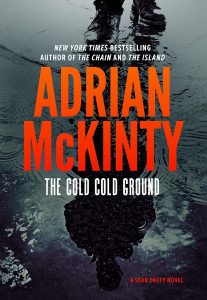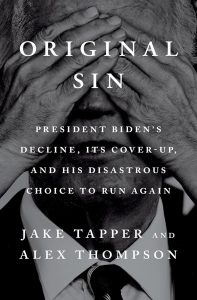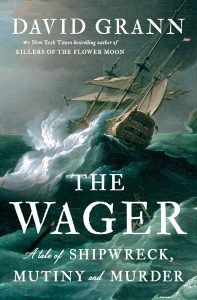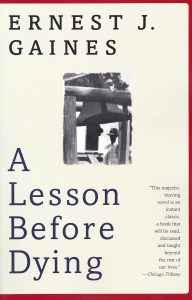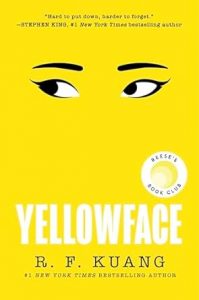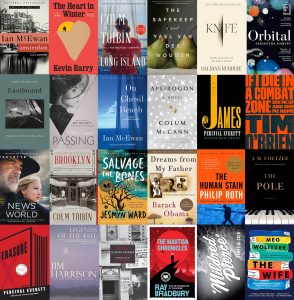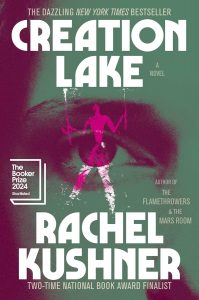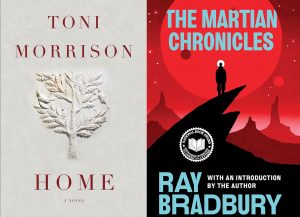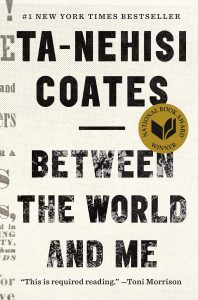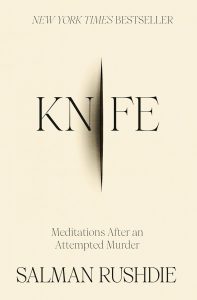“Kathy, I’m lost”, I said, though I knew she was sleeping
I’m empty and aching and I don’t know why
Counting the cars on the New Jersey Turnpike
They’ve all come to look for America
All come to look for America
All come to look for America
— Simon and Garfunkel, “America,” 1968
***
Kathleen Alcott’s expansive novel of the shifting cultural tectonics that ruptured America in the 1960s is part requiem, part eulogy for an epoch that defined Baby Boomers – one way or another – and scattered so much social and political debris that the clean-up continues to this day.

I loved this book, but I will note there are others who did not. In online reviews, they found the narrative indistinct and the characters unappealingly damaged.
To them, I say: Welcome to the Sixties, Seventies, and Eighties – periods of chaos and confusion, virtue and violence, self-improvement and self-delusion, dreams of freedom and deadly liberties. None of them fit into distinct narratives, none is free of repellant personalities.
Into this mix, Alcott places an Air Force test pilot who becomes the first man to walk on the moon; a fiery young woman who rejects the bland values of her wealthy parents and embraces radical politics; and their progeny, a feral son raised amid the wilds of the counterculture and set free to face the scourge of AIDS.
The U.S. landing on the moon in 1969; Weather Underground bombings and the Kent State massacre of the 1970s; the existential threat of AIDS in the gay communities of San Francisco and New York – each bookmarked a decade.
And each shaped me. In the ‘60s, Armstrong’s one small step thrilled me, and Nixon’s war enraged me; in the ‘70s, the detritus of the Haight crushed me; in the ‘80s, as a journalist in San Francisco, I mourned the deaths of friends and colleagues taken by the disease Reagan dismissed as “gay cancer.”
In short, my personal history parallels the stories “America Was Hard to Find” tells with passion and depth. Alcott captures the nuance of the time, the conflict between self-righteousness and uncertainty, the irony of youthful brigades intent on saving the world while slowly killing themselves with self-abuse, the emergence – and the acceptance – of the reality that change has no endpoint.
Clearly, how anyone responds to any particular novel depends on personal experiences, so your mileage surely will vary, but you don’t need to be a battered Boomer to enjoy this book. It is filled with good writing, vivid description and a plot that while not a zig-zagger is agreeably serpentine.
Finally, should you read “America Was Hard to Find” and wonder at some moment about the veracity of something you’ve just read because the change or the person or the act seems too radical, too weird or too improbable, I can assure you it is none of those things. “America Was Hard to Find” is a truthful as any piece of fiction can be.



